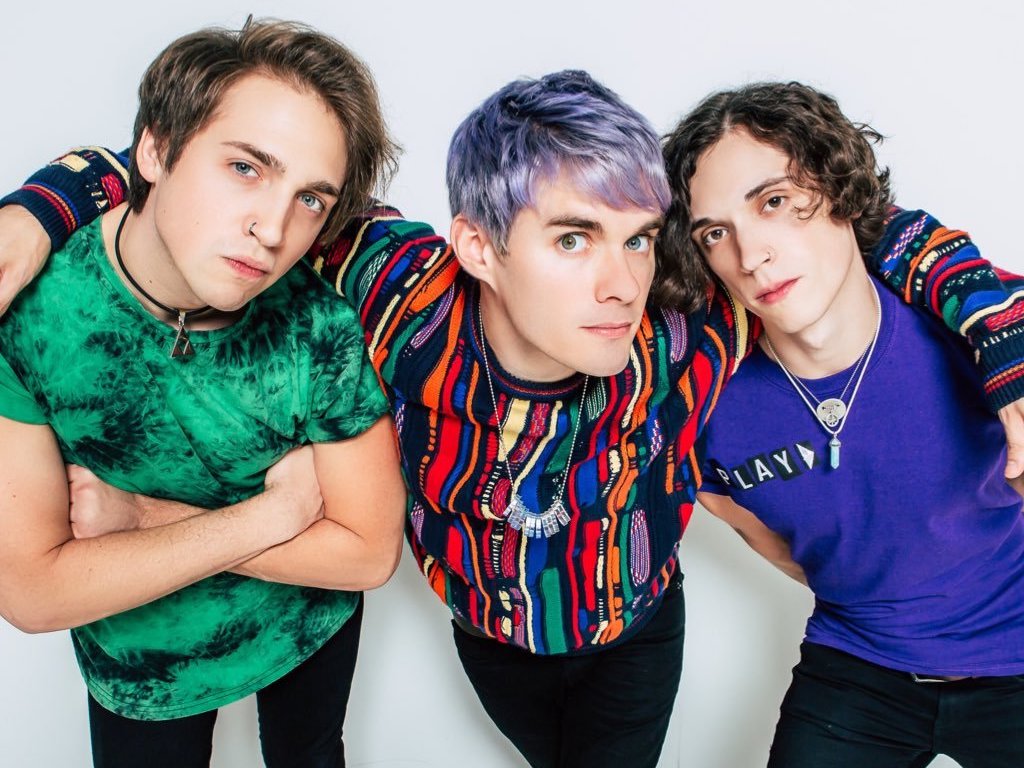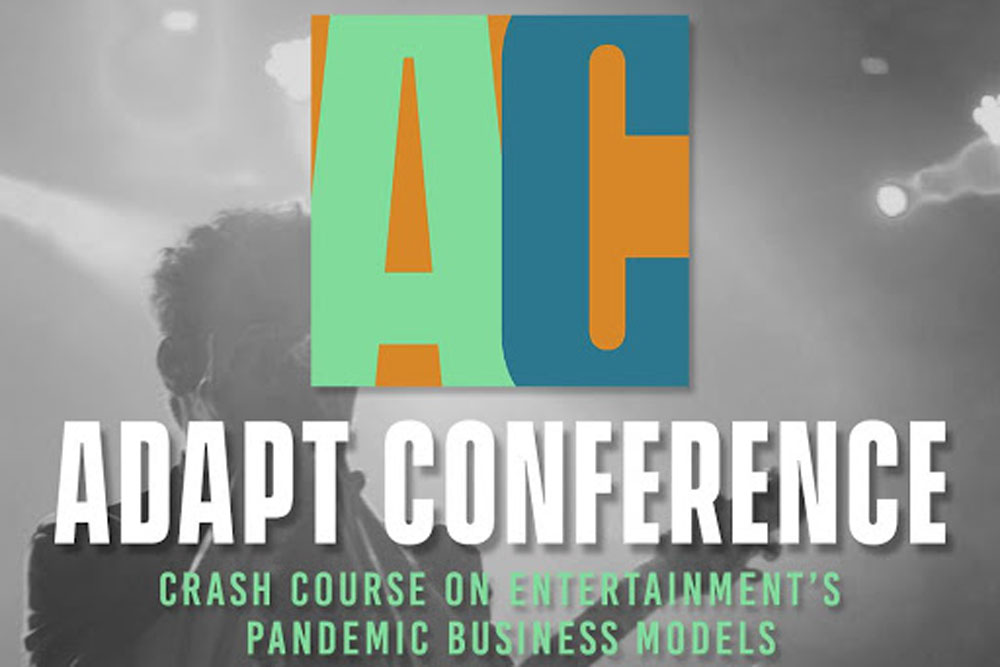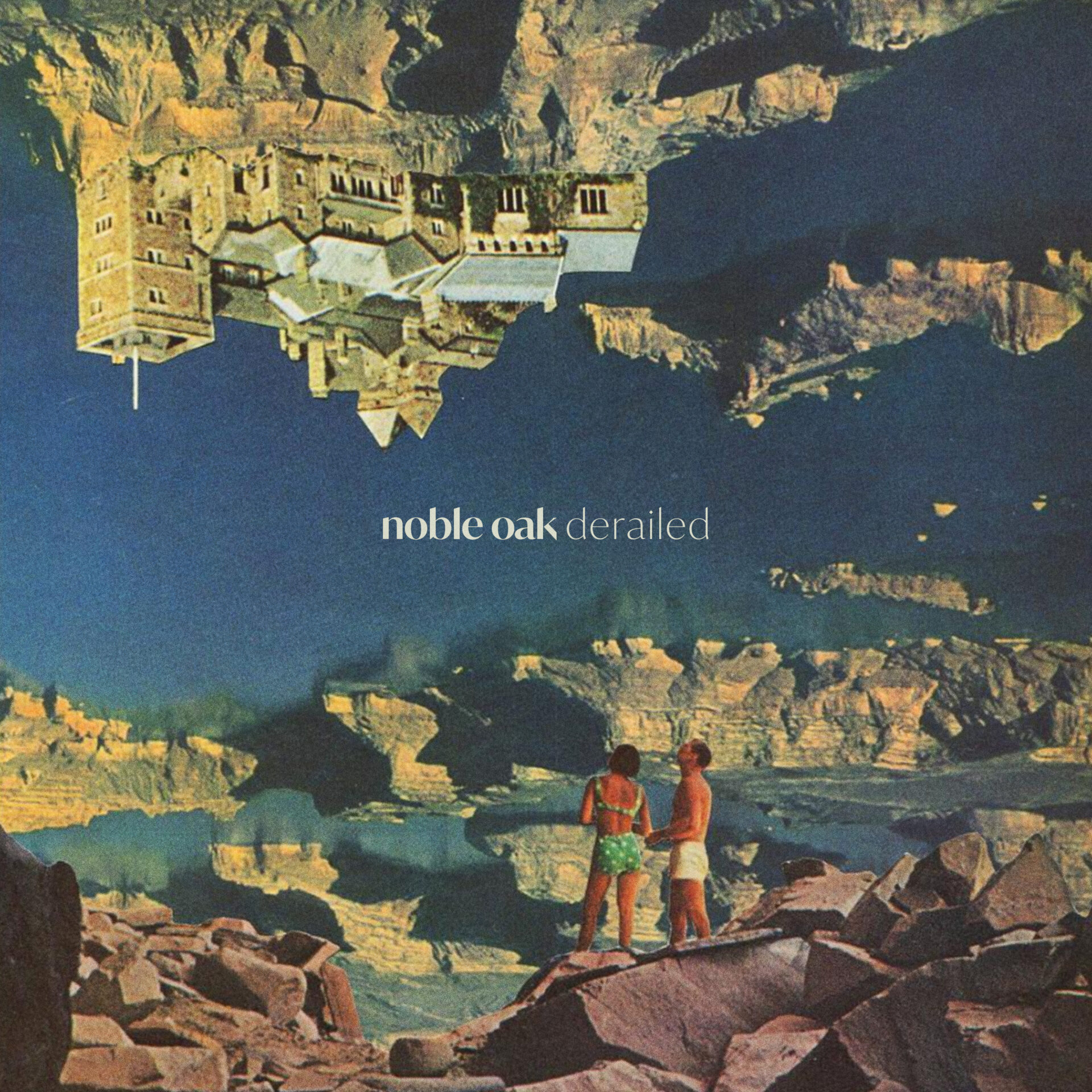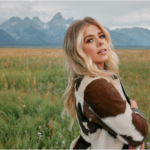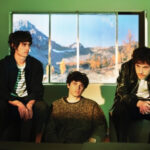Audiences are well acquainted with the end of the world, post-apocalyptic style movie. There have been a multitude of scenarios that come along to bring human civilization to its knees. Aliens, monsters, climate disasters, plagues, and zombies are some that immediately come to mind. A good chunk of the population gets wiped out, and they leave a few survivors to pick up the pieces. Often with obstacles that they have to overcome – both mentally and physically. What if you didn’t know how in which the world ended? What if a movie only gave you a single character’s point of view within a barren world? Just a few flashbacks personal to them to go off of and your imagination to run wild with?
Go/Don’t Go, the directorial debut from writer/actor Alex Knapp is an exploratory foray into the psyche of a man named Adam at the end of the world. He has memories of K (Olivia Luccardi), his love interest when the world was together. Sadly, she’s taken away from him and his hope of finding her gives him something to look forward to. The film dives deep into the mental makeup of a lone person who slowly longs for some type of companionship and how memories can be both your best friend and worst enemy. I spoke to Knapp about how he approached making the film and well as how it felt playing the title role.
This interview contains spoilers of plot points in the film.
Go/Don’t Go is your first as a writer and director. When I was watching the movie, it has that last man alive, I Am Legend-like feel to it. What inspired you personality to make the concept for Go/Don’t Go?
Alex: Yeah, we had quite a few inspirations and different references that we use for different parts of the movie. Definitely, a lot of different post-apocalyptic films were things we looked at. Movies like I Am Legend as more of a big blockbuster commercial version. Also, movies like The Road, The Rover which has Guy Pearce and Robert Pattinson in it which is more of an unknown film that we really liked. Those were definitely inspirations and then also some more strange, esoteric inspirations. Maybe something like Gus Van Sant‘s Jerry, and old films like Elephant. Those films are a little more meandering and maybe have a little less going on. However, we felt they were interesting, and engaging on their own terms.
I noticed that in one scene when Adam is sitting down and kind of eating, The Outer Limits’ intro is playing in the background. The movie plays with the reality of going back and forth from memories to the present day. Go/Don’t Go is more of a character study as you don’t know how Adam became alone in this world, but how he copes with it.
Often, in the post-apocalyptic genre, that ends up being the crux of the whole movie. What happened? How do you fix it? How do you solve it? With our film, I just wasn’t really interested in that. I just thought that’s been done really well so many times. I didn’t know if I necessarily could do a better version of that. What I thought was original and unique was putting someone in a situation like that. It’s less about what happened or how they’re going to fix it and more about what’s the mental struggle that that person is going through.
What if it’s a person doesn’t fix it? You know, he’s not a biochemist, a marine who’s going to develop some cure or find some answer. He’s just a wallflower who’s trying to maintain his sanity and thinking about his lost love. For us, I thought it was interesting to kind of leave some of that stuff opaque, unsaid, and allow the audience to fill in the blanks. Let them think about that mystery and what it might be. With our film, it’s picking your poison. It could be any of those things that we’ve seen in 100 other movies. Go/Don’t Go is about this character and kind of going through the emotions with them.
I’m a fan of how shots get framed in the film. There’s a specific scene when Adam goes to the grocery store. He puts items on the conveyor belt, and it’s shown as if somebody is scanning the groceries for him. Coupled with how flashbacks are structured, the audience has to question if Adam is really there alone? Is this experience all in his head? With how the movie slowly reveals itself, there’s a real cleverness to it.
I think you’re spot on with that. Our cinematographer Frankie Turiano is someone I’ve been working with for the last ten years. He’s my go-to DP and we have a great working relationship. Frankie’s eye is incredible, and he shoots just a ton of really cool stuff. We just spent a lot of time really honing in on the specifics of the way we wanted things to look and feel. The vibe, the lighting, and the framing of a lot of that stuff. Something like that grocery store moment you talked about, we wanted to play with especially early in the film.
In a normal film, some character goes to a grocery store, and someone checks them out and scans their stuff. You’re going to see that kind of reverse shot of someone standing at the counter looking, and the other person is grabbing each item and scanning them. We wanted to keep those things in the movies – things that would be in any other movie if there were other people in this world. In that scene, it’s ambiguous as he puts the items on the conveyor belt. Then we cut to a shot of a hand. That would normally be the other person behind the counter, but we don’t see them. We just see hands.
We wanted to do as many of those little things as we could to make the film seem comfortable. Just like any other movie, but it’s not. It’s kind of is bizarre, and it adds to that what’s real and what’s not element. The way the audience is seeing the story through Adam’s eyes, he’s kind of an untrustworthy narrator.
There is symbolism with light that occurs throughout the film. Not only with sunlight, but light bulbs. Adam’s ritual becomes the burial of burned-out light bulbs. It’s almost a stand-in on how you would have a funeral session. Did you make a conscious decision to include that metaphor?
That was definitely intentional and something we were thinking about. In a world where there’s no one around anymore, Adam doesn’t have people and bodies to mourn. To do these kinds of ritualistic things that humans do – to grieve. He has made an attachment to the things that are still around him. We thought light bulbs were a nice symbolic item. When they burn out, he takes them, and he almost treats them as a person who mourns.
He buries, and he pays his respects, primarily because he doesn’t have anyone else to do that with. We enjoyed playing with those kinds of metaphors and finding the symbolism. Those objects that maybe he would kind of get attached to. To me, it points to when people are in isolation, they still want to maintain a sense of ritualism. A sense of humanity and community. Adam is trying to hold on to some of those things.
When we first meet Adam, he’s shy, and as you mentioned that he’s a wallflower. Then, through a friend, he meets K (Olivia Luccardi), who brings him out of his shell. As they get closer, this calamity hits, and he loses her. You never know what was the culprit for that. At the center of this film, it’s a love story. Adam’s love for K and hope that he can find her one day keeps him going. However, it’s also a thing that’s slowly killing him.
I think a lot of it is about letting go and or kind of the obsession. They had a relationship that wasn’t allowed to blossom. Adam is stuck in that, and that becomes all-consuming for him, It was ripped away from him and what he thought it could have been and what it was and, That was definitely a conscious choice. Playing with that plot element. Diving into that idea of how that obsession can end up dragging you down. You think you may be just trying to analyze the situation, but sometimes it can consume you. For Adam, he really has to figure out how he’s going to move on from that and let go. Diving deeper and deeper into that relationship that’s no longer there is only going to lead to his death.
In Go/Don’t Go, you play the role of Adam. Adam has a routine that he sticks to in trying to keep it together. As the movie goes on, it leads to the slow descent of him becoming broken. In his mind, he realizes that he really is alone. And, you know, maybe there is nobody else coming from you.
It definitely was tough, and I was in that mindset through writing and shooting the film. Even through post-production, I found myself living a bit of a more of a melancholy life for a few years. It was tough to get out of. When I was writing Adam, then deciding to play him, it came from a very personal place. There were a lot of those feelings, and there’s a part of Adam that is inside me. Part of this project, for me, was a little catharsis. To get in touch with that side of myself and figure some things out. I wanted to dive into that as sad or painful as it might be.
Getting into the character was thinking about a lot of the things that we had in common. The parts of myself that are quieter and shy and some things that I may think about just like him. “Oh, I wish this had gone a different way, or what about this?” Writing the film from a personal place helped me get there as an actor as well.
We’re still in this pandemic, where isolation has been more commonplace and human contact is limited. When people view this film, there will be different reasons where they connect with it. Do you see a parallel of what we’re going through now to Go/Don’t Go?
Yeah, and it’s just a totally coincidental thing. I wrote the film three years ago, and we shot the film two years ago. Obviously, we did not know that so much social isolation and self-imposed quarantine would be such a part of our daily lives right now. It just so happens that a lot of these things are incredibly relevant. There are some things in the film that maybe people can see in their own lives. Maybe just to an extreme and things that people can kind of see reflected onto themselves as well.
It wasn’t intentional and it just kind of “here we are.” This kind of story and film that I came up with ends up being bizarrely relevant in this strange time right now. I’m kind of as surprised as anybody. It almost seems like it’s too perfect to not be planned.


